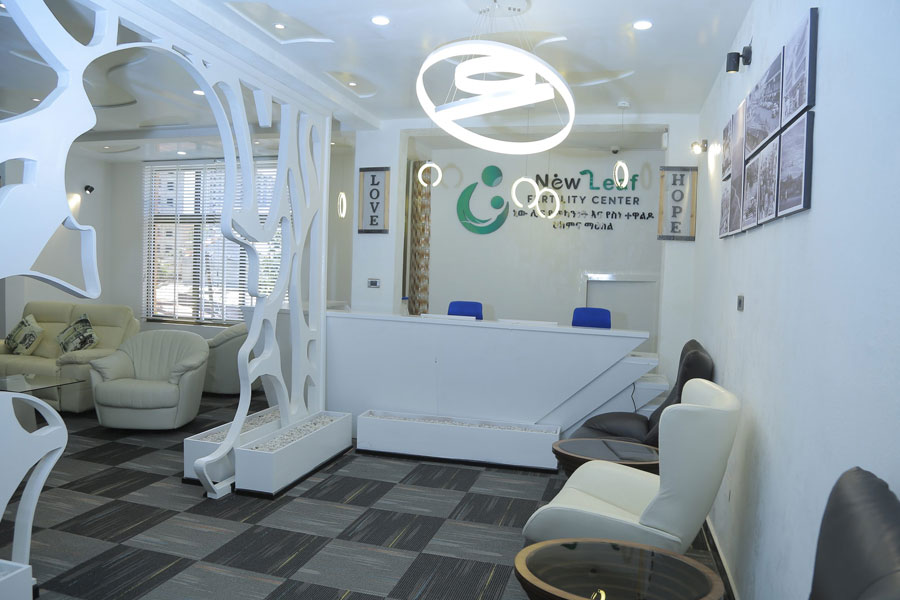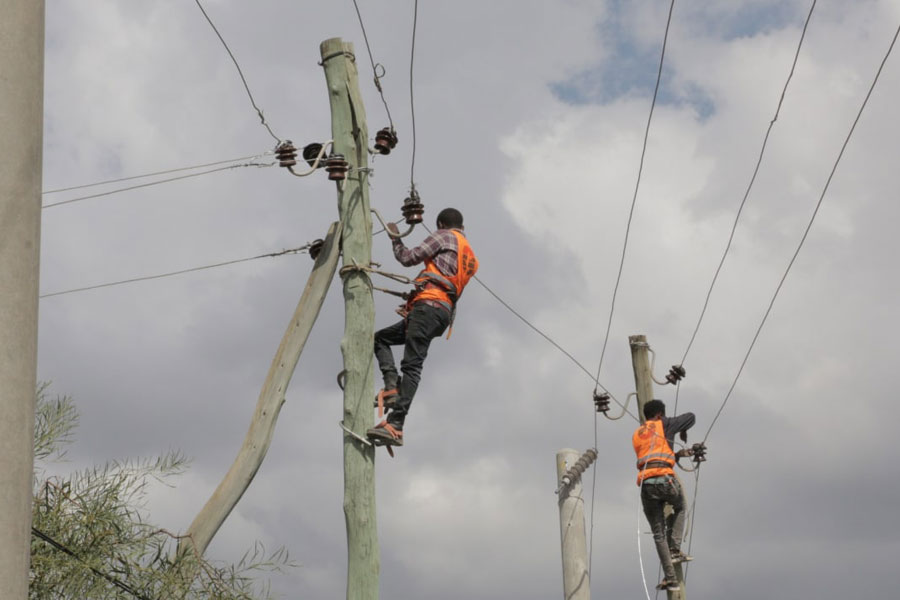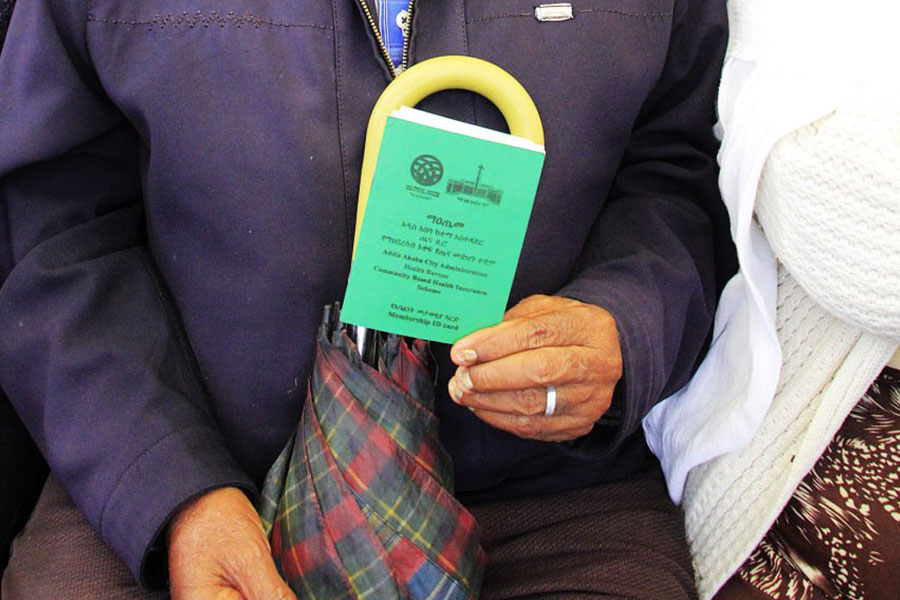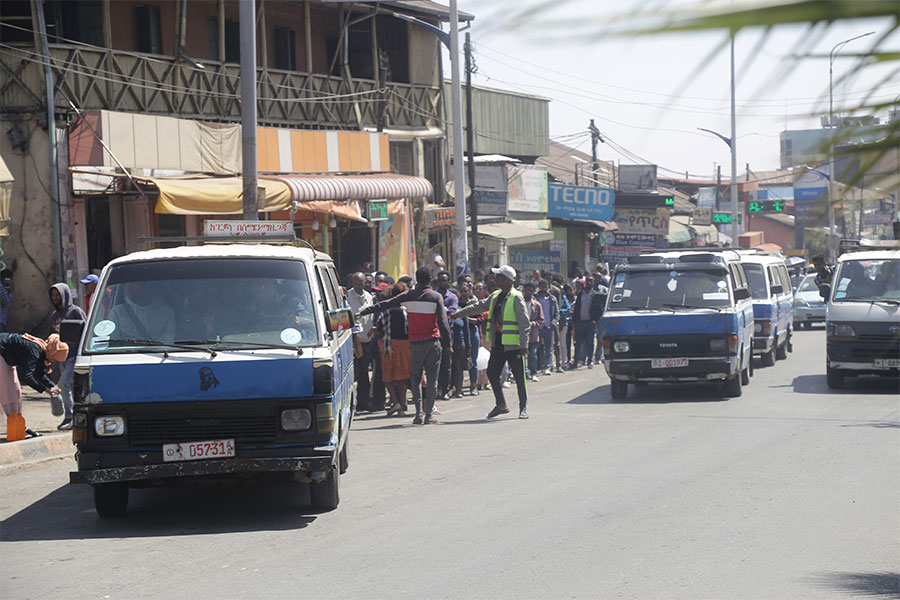
Radar | Jan 07,2022
Dec 2 , 2023.
The symphony of traffic noise in Addis Abeba is not just a sign of life, but a siren song of urban chaos. Swelling under the pressures of urbanisation, the city displays an almost paradoxical relationship with mobility. Its roads are less progress routes and more contention conduits, posing a riddle wrapped in a mystery inside an enigma, much like the city itself.
At the heart of this urban jungle lies a planning philosophy that venerates vehicular dominance. The city’s layout, akin to a game of Tetris played with a preference for long blocks, prioritises arterial roads while relegating roadways and non-motorised transport to afterthoughts. This skewed urban design, while perhaps a motorist’s dream, is a pedestrian’s nightmare, evidenced by the grim statistic that 88pc of traffic fatalities involve those on foot.
The city’s public transport system, evidently the circulatory system of urban life, is in a state of chronic ailment. A recent survey of nearly 500 denizens paints a bleak picture. Over a third of them decried the lack of availability, a fifth fretted over affordability, and an equal number lamented the lack of comfort. Safety, too, emerged as a significant concern, with 22.5pc flagging it as a crucial issue. These grievances point to a public transport system that is, in essence, publicly disappointing.
The city’s paratransit system, a network of minibuses that zips through the streets with a somewhat alarming zeal, serves as evidence of flexibility, but at the expense of safety, affordability, and the environment. While crucial to the city’s transport ecosystem, the minibuses seem to operate in a parallel universe where customer satisfaction is a foreign concept. Their drivers’ near madness offers a window into the broader crisis. They are mired in issues of overloading, safety, and inadequate service.
Addressing these concerns remains vital for the overall efficiency of the city’s public transport system, which increasingly has become beyond the reach of many in the lower strata of income. Households in the lowest income bracket spend about nine times more of their income on transport compared to their affluent counterparts. The disparity is not just a statistic. It is an urban tragedy. The observed affordability index reveals that this transport melodrama is an intriguing subplot. This metric, standing at a paltry 14pc, uncovered the financial strain of public transport, especially on the lower-income group.
Yet, a report produced by the African Development Bank (AfDB) bestowed recognition on Addis Abeba for its authorities’ “valiant efforts” in road safety and public transport improvements. However, such international accolades do little to soothe the daily travails of the average commuter, stuck in a minibus that doubles as a sauna during peak hours, if not convenient weapons to rob commuters.
Much like the city itself, the future for this city on the move is complex. A shift towards an inclusive urban design that embraces pedestrian safety and efficient public transport mobility is more than a policy shift; it should be a moral imperative.
The demographic composition of the survey respondents, primarily of working age and with a slight female majority, adds another layer to this saga. The reliance on privately owned public transport highlights a gap that the city’s nascent rapid-transit projects have yet to fill. The call for a state-owned public transport system becomes not just a recommendation, but a cry for help.
The constricted avenues for road expansion further complicate the city’s transport network, a plight of urban planning. Once professed to be a magic potion, the Light Rail System is marred by its own set of troubles, serving as a metaphor for potential constrained by reality. It mirrors the city.
The story of Addis Abeba’s urban mobility is not without its villains. The Administration’s decision to banish three-wheeled rickshaws from main roads in a quest for aesthetic urbanism reflects policy shortsightedness, overlooking the lifeline these vehicles provide for short-distance travellers.
Enhancing public transport is not just about adding more buses. It is instead about making them safer, secure, and affordable. Transitioning from low to high-occupancy vehicles is not just a traffic solution. It can be an environmental statement. Sustainability can serve as the north star guiding long-term urban planning. Subsidies for the economically disadvantaged demography, improved safety measures, and infrastructure supporting non-motorised transport should be the pillars of this strategy.
The city administration faces a daunting but not impossible task. It must navigate a complex landscape of competing priorities – from urban beautification to environmental protection. However, the focus must remain steadfast on creating a transport infrastructure that is safe, efficient, and inclusive.
The city’s Light Rail System, built for 475 million dollars, though currently beleaguered by maintenance issues and financial constraints, has the potential to alleviate transport woes if managed effectively. The system’s ability to ease congestion and provide a reliable alternative to road transport is a glimpse into what a comprehensive, well-maintained public transit network can achieve.
However, the light rail system cannot bear the burden of urban mobility alone.
Mayor Adanech Abiebie displayed 67 newly imported buses at Mesqel Square last week. Funded by the World Bank, they are welcome additions to the city’s fleet. Yet, these buses operate within the confines of an inadequate road network, calling for a more integrated approach to transport planning. The city’s transportation demand, escalating with its growing population and increasing number of vehicles, demands a thoughtful road network expansion.
However, this expansion faces its own challenges – financial constraints, the intricate redesign of a 137-year-old urban landscape, and the need to balance development with environmental and aesthetic considerations.
As Addis Abeba continues to grow, the importance of integrating technological solutions into its transportation planning becomes increasingly apparent. The automation of traffic management, through the use of cameras and computerised tracking, can significantly enhance the efficiency of traffic flow and safety. Such smart solutions, while requiring initial investment, can yield long-term benefits in reducing congestion, pollution, and transit times.
The future of Addis Abeba’s transport system should not be just about roads, buses, or trains. It should be about people – their lives, safety, and right to a city that moves with them, not against them. As the city grows and evolves, so too must its approach to urban mobility, ensuring that the journey towards progress leaves no one behind. The city’s transport policies must be rooted in a deep understanding of the social fabric they serve. The high rate of pedestrian fatalities, the financial burden of public transport on lower-income groups, and the gendered dimensions of mobility all point to the need for policies that are not just efficient, but equitable and empathetic.
PUBLISHED ON
Dec 02,2023 [ VOL
24 , NO
1231]

Radar | Jan 07,2022

Fortune News | Jun 03,2023

Editorial | Sep 01,2024

Radar | Aug 03,2025

Viewpoints | Dec 17,2022

Radar | Oct 12,2025

Radar | Sep 23,2023

Fortune News | Oct 21,2023

Fortune News | Apr 17,2021

Fortune News | Sep 23,2023

Photo Gallery | 175611 Views | May 06,2019

Photo Gallery | 165828 Views | Apr 26,2019

Photo Gallery | 156199 Views | Oct 06,2021

My Opinion | 136833 Views | Aug 14,2021

Dec 22 , 2024 . By TIZITA SHEWAFERAW
Charged with transforming colossal state-owned enterprises into modern and competitiv...

Aug 18 , 2024 . By AKSAH ITALO
Although predictable Yonas Zerihun's job in the ride-hailing service is not immune to...

Jul 28 , 2024 . By TIZITA SHEWAFERAW
Unhabitual, perhaps too many, Samuel Gebreyohannes, 38, used to occasionally enjoy a couple of beers at breakfast. However, he recently swit...

Jul 13 , 2024 . By AKSAH ITALO
Investors who rely on tractors, trucks, and field vehicles for commuting, transporting commodities, and f...

Oct 18 , 2025 . By NAHOM AYELE
In a sweeping reform that upends nearly a decade of uniform health insurance contribu...

A bill that could transform the nutritional state sits in a limbo, even as the countr...

Oct 18 , 2025 . By SURAFEL MULUGETA
A long-planned directive to curb carbon emissions from fossil-fuel-powered vehicles h...

Oct 18 , 2025 . By BEZAWIT HULUAGER
Transaction advisors working with companies that hold over a quarter of a billion Bir...